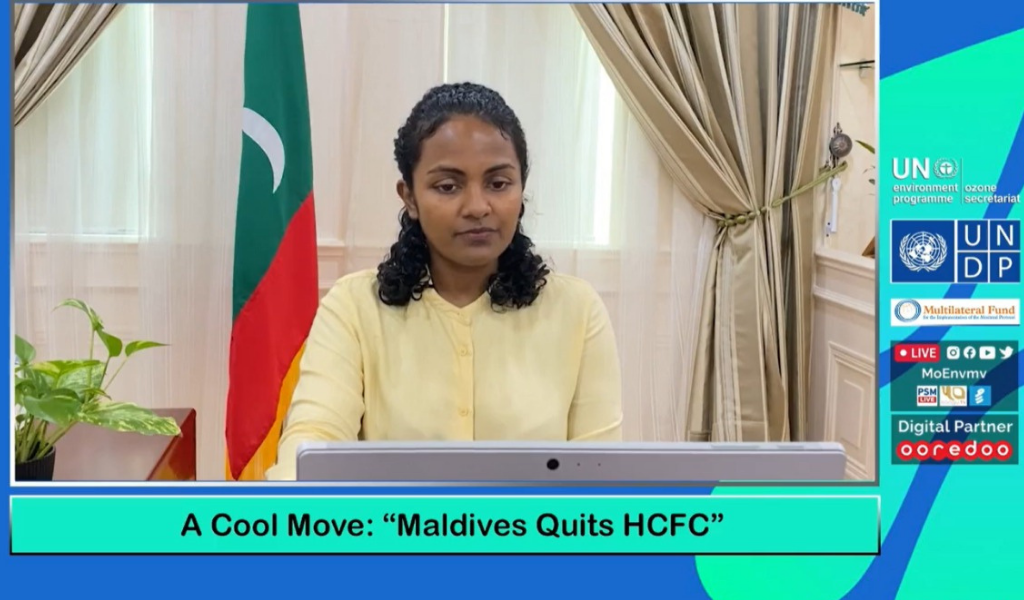
Maldives Sets Example to Developing Countries – Becomes First to Quit HCFC
In 2010, a decade-long initiative was launched by the name ‘Hydrochlorofluorocarbon Phase Out Plan by then-President Mohamed Nasheed. Briefly outlining the project, Maldives was set out to quit the use of HCFC completely by 2020.
During the launch of the project, President Nasheed said that phasing-out HCFCs is like adopting a low hazardous, rather low carbon development pattern. In his speech, he stated that though the effect of our actions will not be immediate nor impactful today, it is bound to show progress 30-years down the line.
Motivating us all to be bold, his statement read, "What we are trying to show is that low hazardous development pattern is possible, it is economically viable and financially feasible, and those who are bold enough to embrace the future of green technology would be the winner of tomorrow”.
The initiative was carried out supported by Multilateral Fund. In 2010 alone, 67 metric tonnes of HCFC was imported to the Maldives. Fast forward 10 years, the number became zero, making Maldives the first of developing nations to completely phase out HCFC. This is a 10-year head start from the deadline by the Montreal protocol.
Yesterday, an official ceremony was held to mark the milestone. All stakeholders who worked on the project at both national and international levels participated in the ceremony. Details of their contributions in the project were shared.
Minister of Environment, Climate Change and Technology, Aminath Shauna delivered a keynote at the 'A Cool Move: Maldives Quits HCFC' ceremony. In her speech, she stated that the enhanced plans and strategic implementations will hopefully lead Maldives to a net-zero, sustainable, greener and a more resilient future.